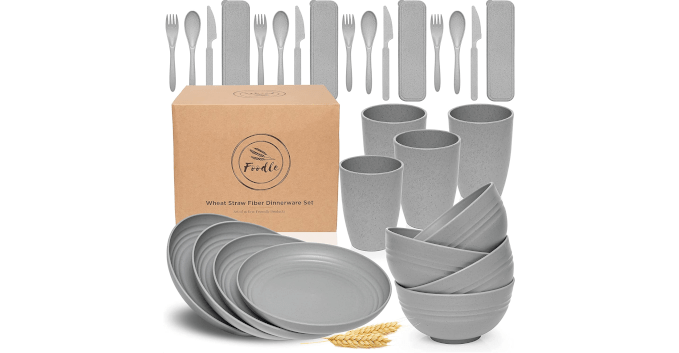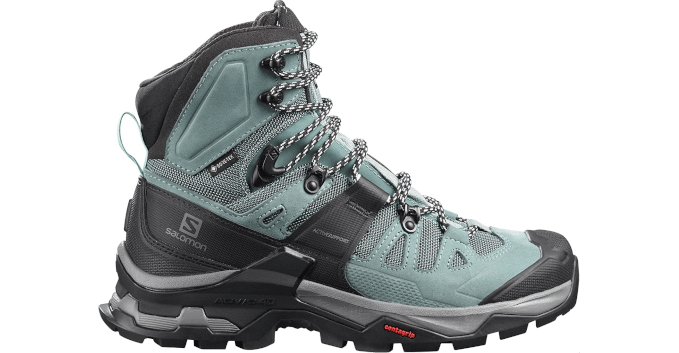Camping is a fantastic way to reconnect with nature and escape the hustle and bustle of everyday life. But to make your outdoor adventure truly memorable, it’s essential to have the right gear. In this article, we’ll cover the must-have camping equipment for a comfortable, safe, and enjoyable experience.
II. Shelter and Sleeping
A. Tent
A quality tent is your home away from home when camping. Look for a tent with adequate ventilation, sturdy construction, and a waterproof rainfly. Choose a size that comfortably accommodates the number of campers and their gear.
B. Sleeping bag
A good night’s sleep is crucial, and a sleeping bag tailored to the expected weather conditions will keep you warm and cozy. Consider the temperature rating, insulation type, and weight when selecting a sleeping bag.
C. Sleeping pad
A sleeping pad provides insulation and cushioning, ensuring a comfortable night’s rest. There are various types, including air, self-inflating, and closed-cell foam pads. Consider factors like weight, packability, and insulation when making your choice.



III. Cooking and Eating
A. Portable stove
A portable stove allows you to cook delicious meals in the great outdoors. Popular options include canister stoves, liquid fuel stoves, and alcohol stoves. Evaluate factors like fuel type, weight, and cooking performance when selecting a stove.
B. Cookware set
A lightweight and durable cookware set is essential for preparing meals. Look for a set that includes pots, pans, and lids made from materials like aluminum or stainless steel. Some sets also feature nesting designs for easy packing.
C. Utensils and dishes
Don’t forget utensils and dishes for eating and serving your meals. Opt for lightweight and durable materials like stainless steel or BPA-free plastics. Consider collapsible designs for added convenience and packability.



IV. Hydration and Water Purification
A. Water bottles
Staying hydrated is crucial while camping. Bring along reusable water bottles or hydration reservoirs to ensure you have ample water supply. Choose bottles made from durable materials like stainless steel or BPA-free plastics.
B. Water purification system
Access to clean drinking water is essential. A water purification system, such as a portable water filter or purification tablets, can help remove harmful contaminants from natural water sources. Evaluate factors like filtration speed, effectiveness, and weight when selecting a system.


V. Clothing and Footwear
A. Weather-appropriate clothing
Dressing in layers is key to staying comfortable in the outdoors. Pack moisture-wicking base layers, insulating mid-layers, and waterproof outer layers to adapt to changing weather conditions. Don’t forget to include a hat and gloves for added warmth.
B. Sturdy and comfortable shoes
Quality footwear is crucial for a comfortable camping experience. Choose hiking boots or shoes with good support, traction, and breathability. Be sure to break them in before your trip to prevent blisters and discomfort.


VI. Safety and First Aid
A. First aid kit
Accidents can happen, so it’s essential to carry a first aid kit equipped with basic supplies like adhesive bandages, gauze, tweezers, and pain relievers. Customize your kit to suit the needs of your group and the specifics of your adventure.
B. Personal Locator Beacon (PLB)
A PLB can be a lifesaver in case of emergencies. This compact device sends a distress signal to search and rescue teams, helping them locate you quickly. Consider investing in a PLB, especially for remote or backcountry camping trips.


VII. Navigation and Communication
A. Map and compass
A reliable map and compass are indispensable navigation tools when exploring the outdoors. Familiarize yourself with basic orienteering skills and keep these tools handy, even if you’re using digital navigation aids.
B. Smartphone or GPS device
A smartphone or GPS device can enhance your navigation capabilities and keep you connected. Download offline maps and invest in a durable, waterproof case to protect your device from the elements.
VIII. Lighting
A. Headlamp
A headlamp is a hands-free lighting solution, ideal for navigating trails or setting up camp in the dark. Look for a headlamp with adjustable brightness settings, long battery life, and a comfortable strap.
B. Lantern
A portable lantern creates a cozy atmosphere at your campsite and provides additional illumination. Choose a lantern with a long runtime, durable construction, and adjustable brightness settings.
IX. Tools and Accessories
A. Multi-tool
A versatile multi-tool is an invaluable camping companion. Look for a quality multi-tool with essential features like a knife, pliers, screwdriver, and can opener. Consider weight and size when selecting the perfect multi-tool for your needs.
B. Camping chair
A comfortable camping chair allows you to relax and enjoy your surroundings. Choose a lightweight and portable chair that’s easy to set up and pack away.



Conclusion
Equipping yourself with the right camping gear is essential for a memorable outdoor experience. By investing in quality shelter, sleeping, cooking, hydration, clothing, safety, navigation, lighting, and accessories, you’ll be well-prepared to enjoy your camping adventure to the fullest.
FAQs
1. How do I choose the right tent for my camping trip?
Consider factors like the number of campers, expected weather conditions, and your budget when selecting a tent. Opt for a tent with sturdy construction, adequate ventilation, and a waterproof rainfly.
2. What type of sleeping bag should I get for camping?
Choose a sleeping bag based on the expected weather conditions, temperature rating, insulation type, and weight. Synthetic insulation is more affordable and performs well in damp conditions, while down insulation is lightweight and highly compressible but performs poorly when wet.
3. How can I ensure I have clean drinking water while camping?
Invest in a water purification system, such as a portable water filter or purification tablets, to remove harmful contaminants from natural water sources. Always purify water from streams, lakes, or rivers before consumption.
4. What clothing should I pack for a camping trip?
Pack weather-appropriate clothing, including moisture-wicking base layers, insulating mid-layers, and waterproof outer layers. Dressing in layers allows you to adapt to changing weather conditions. Also, include a hat, gloves, and sturdy footwear for added comfort and protection.
5. What are some essential safety items to bring on a camping trip?
Bring a well-stocked first aid kit, a personal locator beacon (especially for remote or backcountry trips), a map and compass, and a reliable communication device like a smartphone or GPS unit.

